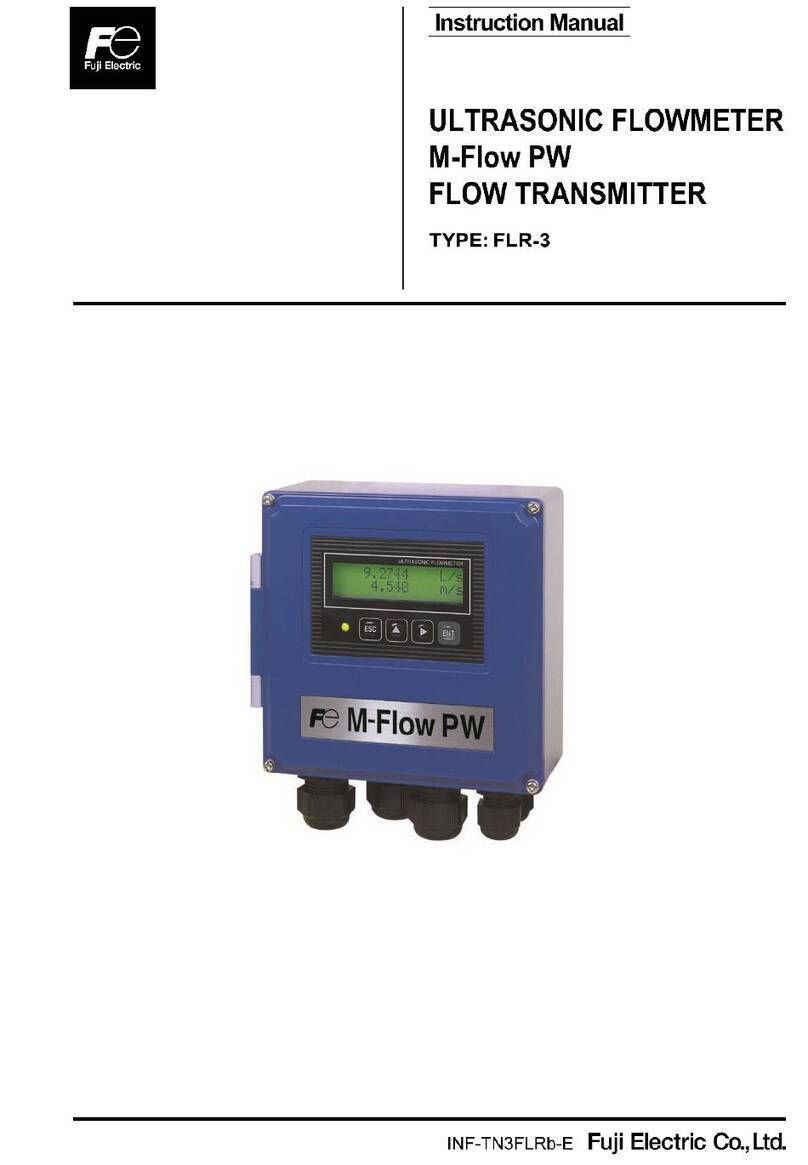Fuji Electric X Series Instructions for use
Other Fuji Electric Measuring Instrument manuals

Fuji Electric
Fuji Electric ZPAF User manual

Fuji Electric
Fuji Electric ZPA User manual

Fuji Electric
Fuji Electric LONWORKS OPC-LNW User manual

Fuji Electric
Fuji Electric NRF50 User manual

Fuji Electric
Fuji Electric ZKJ7-5 User manual

Fuji Electric
Fuji Electric FLV User manual

Fuji Electric
Fuji Electric ZPG User manual

Fuji Electric
Fuji Electric FSJ User manual

Fuji Electric
Fuji Electric ZRE-3 User manual

Fuji Electric
Fuji Electric ZaFe User manual
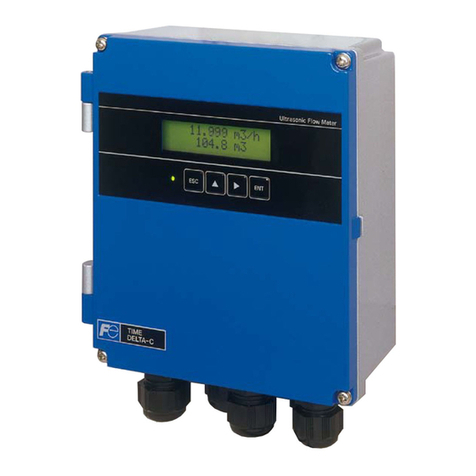
Fuji Electric
Fuji Electric Time Delta-C FSV-2 User manual

Fuji Electric
Fuji Electric ZFG User manual
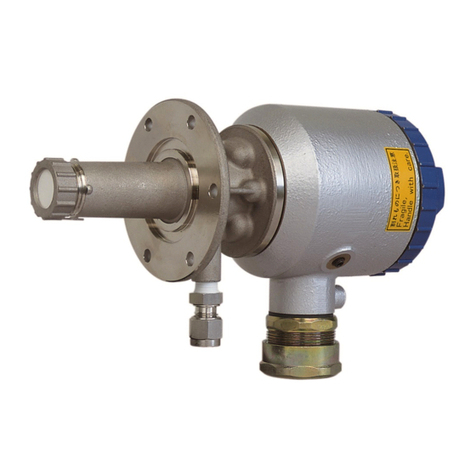
Fuji Electric
Fuji Electric ZFK8 Series User manual
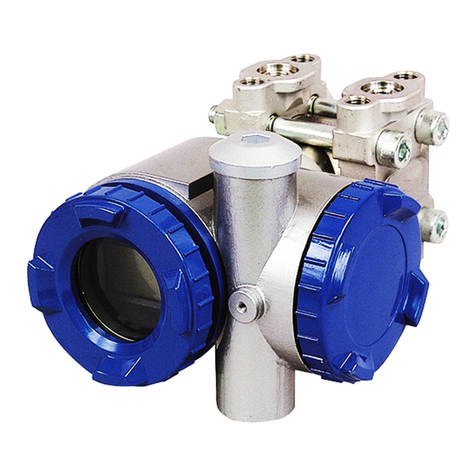
Fuji Electric
Fuji Electric FCX-AII-V5 series Operating instructions

Fuji Electric
Fuji Electric FSC-2 User manual

Fuji Electric
Fuji Electric ZPAJ User manual

Fuji Electric
Fuji Electric portaflow X User manual

Fuji Electric
Fuji Electric ZPA User manual

Fuji Electric
Fuji Electric ZSJ User manual
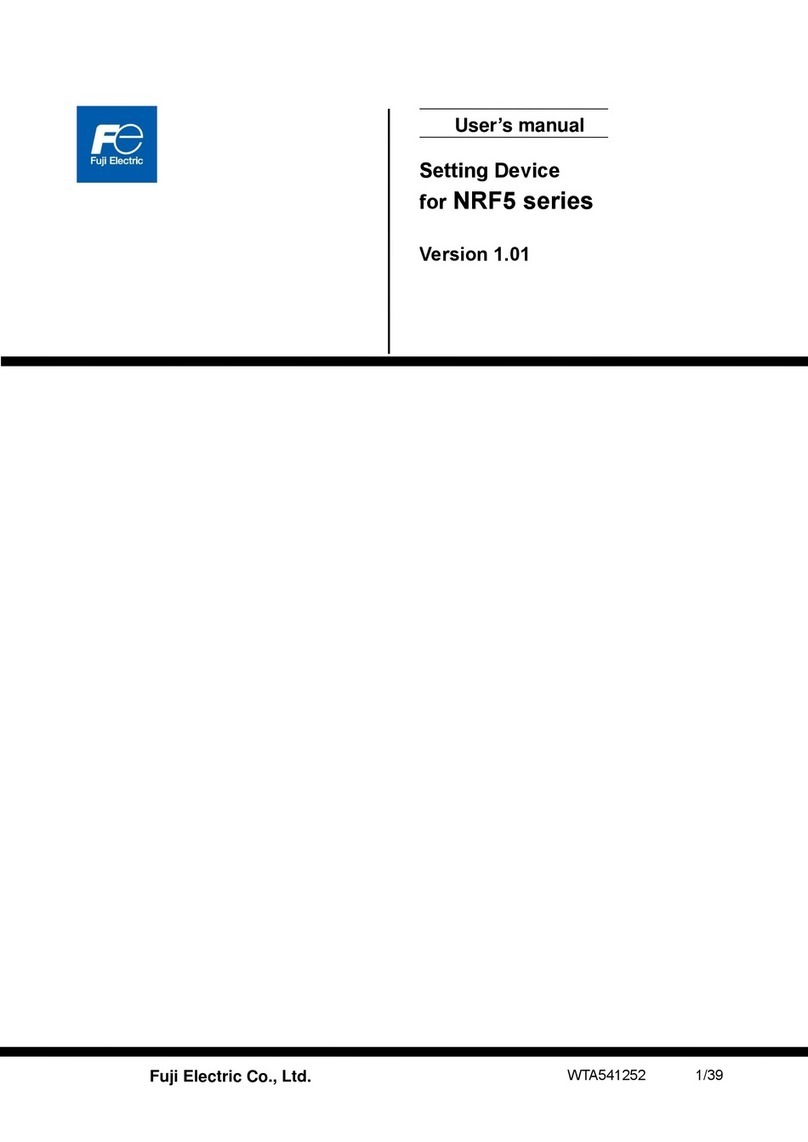
Fuji Electric
Fuji Electric NRF5 Series User manual
Popular Measuring Instrument manuals by other brands

Powerfix Profi
Powerfix Profi 278296 Operation and safety notes

Test Equipment Depot
Test Equipment Depot GVT-427B user manual

Fieldpiece
Fieldpiece ACH Operator's manual

FLYSURFER
FLYSURFER VIRON3 user manual

GMW
GMW TG uni 1 operating manual

Downeaster
Downeaster Wind & Weather Medallion Series instruction manual

Hanna Instruments
Hanna Instruments HI96725C instruction manual

Nokeval
Nokeval KMR260 quick guide

HOKUYO AUTOMATIC
HOKUYO AUTOMATIC UBG-05LN instruction manual

Fluke
Fluke 96000 Series Operator's manual

Test Products International
Test Products International SP565 user manual

General Sleep
General Sleep Zmachine Insight+ DT-200 Service manual



